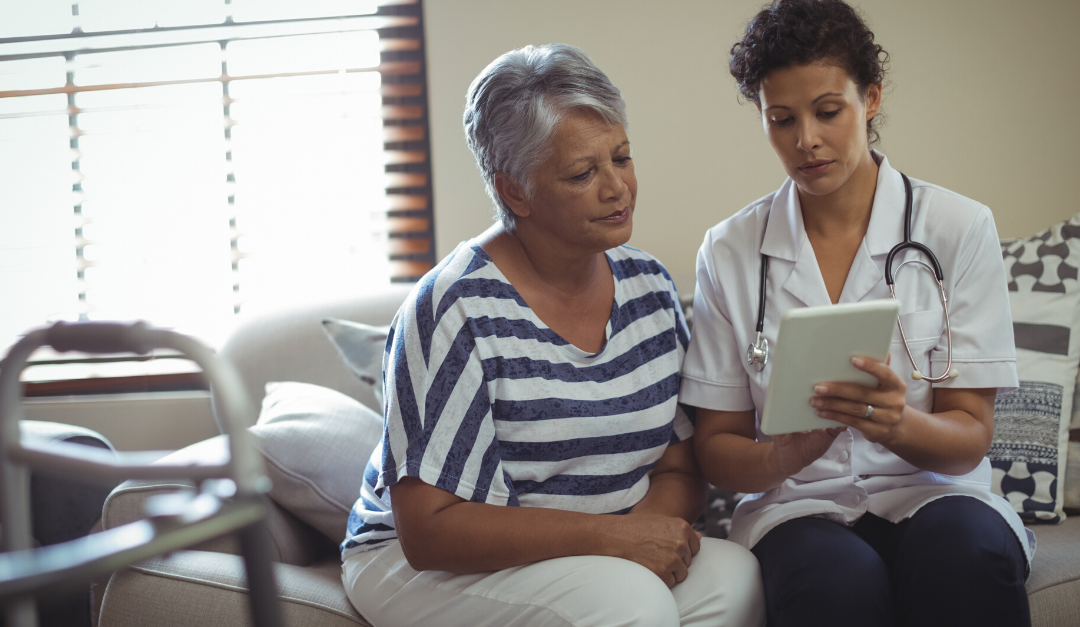With the coronavirus outbreak continuing to impact communities, senior living facilities have been working vigilantly with public health officials to prevent an outbreak. Visitors have been restricted, residents have been quarantined and activities have been canceled.
We recognize the need to support care workers and residents during these times. While staying at home and avoiding crowds is necessary, it can lead to feelings of isolation. In order to keep your residents connected, utilizing evolving technology aimed at older adults can serve to improve their experience. Since it is vital to social distance, technology can also provide aid with limited contact.
Virtual Visits
Residents should be provided with resources to facetime, skype or zoom with their loved ones. There many ways to interact with family and friends without having to leave the room. Most online communication tools include video features that they likely already have. During these times, it is important to check up with residents to ensure that they have the technology to do so and assist when they do not.
Wearables
Wearables have recently been adopted to assist seniors. These are touch-and-feel technologies that include tablets, interactive TVs and intelligence-enabled PAs. These devices have become more and more common by the year.
Wearable technology can play a significant role in making sure attention is put in the right areas. Some of these technologies give insights into the resident’s health and sleep patterns. The primary benefit relating to their health is that these devices can send warnings and summon help if needed.
Telemedicine
Telemedicine is a newer, popular way to keep residents healthy. Hosting video conferences allow healthcare providers to communicate with seniors. Patient monitoring systems give seniors access to their health data and promoting health literacy by enabling seniors to become more comfortable with web researching. During times where keeping a distance is important, teleconsultations limits the number of trips they must make to healthcare providers.
There are newer options including VR, robotics and other technologies that help the elderly live healthier lives. These innovations will continue to hit the market and should be considered.
While not everything is not going to be as high touch as a virtual reality set. We are living in a time where extra precautions are taking place. Even just using cost-efficient tools like google forms can allow residents to request check-ups and meal service. Finding ways to stay connected, stay healthy and keep a distance can be difficult for seniors. Technology can help fill in some of the gaps while we wait for this to pass.
